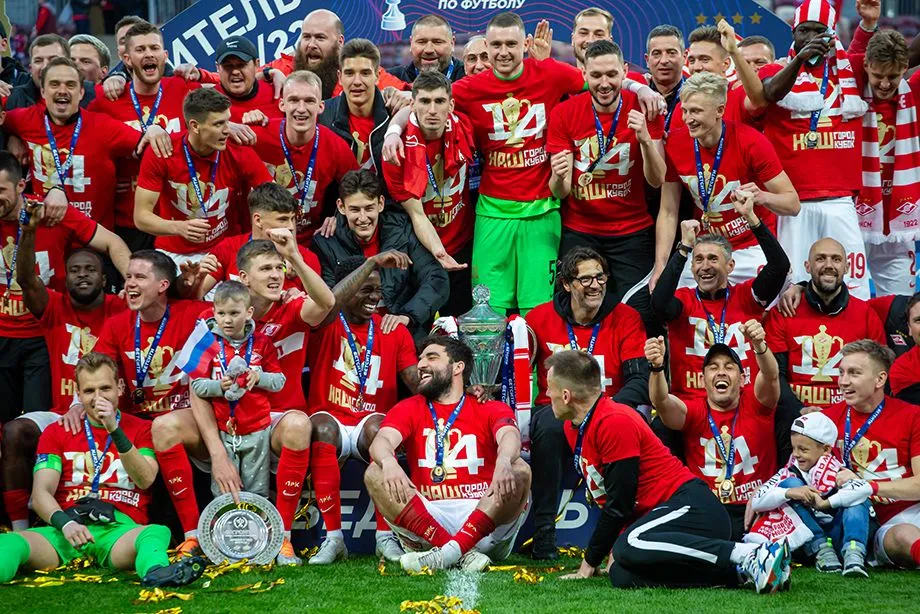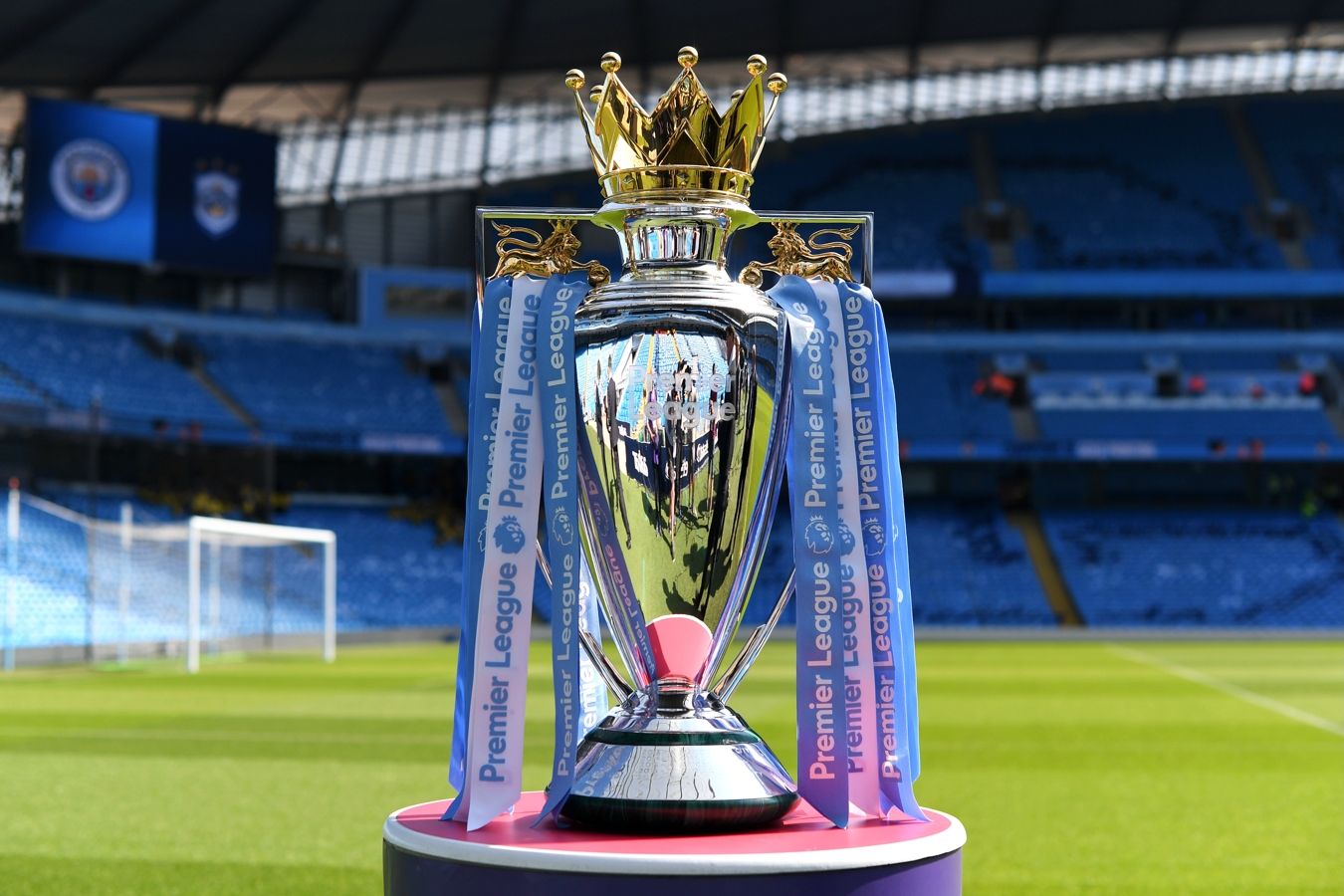The Russian Football Cup is a real stage where dramas are played out and legends of Russian football are born. The tournament unites the football country: from small towns to huge megacities. And it reminds us that the path to success begins with faith in the team.
The history of the Russian Football Cup: a path full of dramas and heroes
The history of the competition began in 1992, when the Russian Football Union (RFU) first organized this tournament. The main goal was to popularize football and create a platform where teams from different divisions could meet on equal terms. The first draw included 87 teams, which turned into one of the most massive competitions of that time. Much has changed since then, but the desire of the clubs to win this prestigious trophy remains unchanged.

Over time, the history has become full of unexpected victories and dramatic defeats. One of the most striking moments of the beginning was the victory of the Terek team from Grozny in 2004, which proved that even at first glance, an outsider can climb to the top if you believe in a dream.
Format evolution
Over time, the Russian Cup evolved, changing and adapting to the realities of domestic football. At the initial stages, teams from not only the Russian Premier League participated in the competition, but also from lower divisions, including the FNL and even amateur clubs. This democratic approach made the tournament truly unique, because it gave a chance to everyone – from modest teams playing in provincial stadiums to football giants with a powerful infrastructure.
The Russian National Football Cup received a new format in 2011, when the direct elimination system was introduced, which added spectacle and emotion. Now each match has become a “knockout” battle, and the cost of each mistake has increased dramatically. But this is what makes the competition special – here every game can become history, and every club – a hero.
Russian Football Cup Stages: A Harsh Filter of Football Hopes
The competition begins with a mass selection, where teams from all levels of the football hierarchy participate. At the very first stages, you can see completely different lineups: from second league clubs to representatives of amateur championships. These initial matches are often held in small stadiums, where the atmosphere is more reminiscent of a family holiday than a professional competition.
Gradually, at each stage, stronger participants enter the fight, and by the time of the quarterfinals, only the strongest remain. This is when the RPL teams join the tournament, and a real “meat grinder” begins – the favorites face unexpected and ambitious opponents who dream of surprising Russian football. Among such sensations, we can highlight the Tosno team, which in 2018 knocked out several giants at once, including Moscow Spartak.
Participants in the Russian Cup strive to go as far as possible, because each victory opens up new opportunities for them – from funding to media attention.
Russian Football Cup Final: The Last Battle
The final is the culmination of the entire tournament, the moment when one match determines the entire season. The final matches are held at the largest stadiums in the country, such as Luzhniki in Moscow or Gazprom Arena in St. Petersburg. These places symbolize grandeur and solemnity, creating an atmosphere comparable to major international championships.
The 2008 final was especially memorable, when Rubin Kazan met Dynamo Moscow. The game was not only tense, but also full of unexpected turns that kept the spectators in suspense until the last minutes. That time, Rubin snatched the victory, and it became an important milestone in the history of the club.
Funding the Russian Football Cup: where does the money come from?
 Funding comes from several sources. First of all, it is the Russian Football Union, which organizes and supervises the tournament. The main sponsors are large companies, such as Gazprom and Lukoil, which regularly invest in the development of Russian sports. They not only support the prize fund, but also finance infrastructure projects for the reconstruction of stadiums.
Funding comes from several sources. First of all, it is the Russian Football Union, which organizes and supervises the tournament. The main sponsors are large companies, such as Gazprom and Lukoil, which regularly invest in the development of Russian sports. They not only support the prize fund, but also finance infrastructure projects for the reconstruction of stadiums.
The Russian football tournament also receives support from television broadcasts. The right to show matches is sold to the largest television channels, which attracts additional investment in the development of the competition. All this helps maintain interest at a high level and provide funding for teams participating in the competition.
The Importance of the Russian Cup for Football Clubs
For many teams, participation in the Russian Football Cup is not only an opportunity to make a name for themselves, but also a chance for financial support, which is necessary for the development of the club. Small communities, making it to the next stages of the tournament, get a chance to play with the giants, attract the attention of sponsors and even take a place in the sports arena of the country.
The importance of the Russian Cup for Russian clubs also lies in the opportunity to earn money from broadcasts and tickets. For example, Tosno’s victory in 2018 brought the team not only the cup, but also a solid cash prize, which helped the club stay afloat and increase interest from fans.
Winners and records of the Russian Football Cup
Among the teams that have dominated the tournament over the years, it is worth highlighting Moscow’s Lokomotiv, which has won the trophy more than 10 times. This club is a real record holder and a symbol of resilience and success. The Cup has often been won by teams such as CSKA and Zenit, each of which has made its own contribution to the history of the competition.
The winners of the Russian Cup leave their mark on history not only with their results, but also with amazing games. For example, in the 2015 final, Lokomotiv met Kuban, and despite a tough fight, won with a score of 3:1, which was a real triumph.
The path to glory: which players will be remembered forever?
Throughout the history of the competition, many football players have become heroes. One of these players was Dmitry Sychev, who in 2007 helped Lokomotiv win the trophy with his play. It is also worth noting Artem Dzyuba, who distinguished himself with effective actions in the finals several times.
These athletes not only decorated the tournament with their skill, but also became role models for young football players across the country, proving that even one successful match can write a name into history.
Russian Football Cup Schedule: What to Expect This Season?
This season, the tournament will begin in July with qualifying rounds, where teams from the second and first leagues will begin the fight for a place in the main draw. The semi-finals are scheduled for April, and the final will take place in May at the Gazprom Arena stadium in St. Petersburg.
The schedule allows you to plan in advance which matches are worth attending and which are worth watching on television. The event, like every year, promises to be a real football festival.

The embodiment of a football dream
 The Russian Football Cup gives hope and shows that the road to success begins with the first kick at the ball, the first training session and the first victory. The tournament unites all of us, reminding us that nothing is impossible in football if you fight to the end and believe in yourself.
The Russian Football Cup gives hope and shows that the road to success begins with the first kick at the ball, the first training session and the first victory. The tournament unites all of us, reminding us that nothing is impossible in football if you fight to the end and believe in yourself.
 en
en  ru
ru  de
de  ar
ar  es
es  nl
nl  hi
hi  fr
fr  it
it  pt
pt  el
el 












